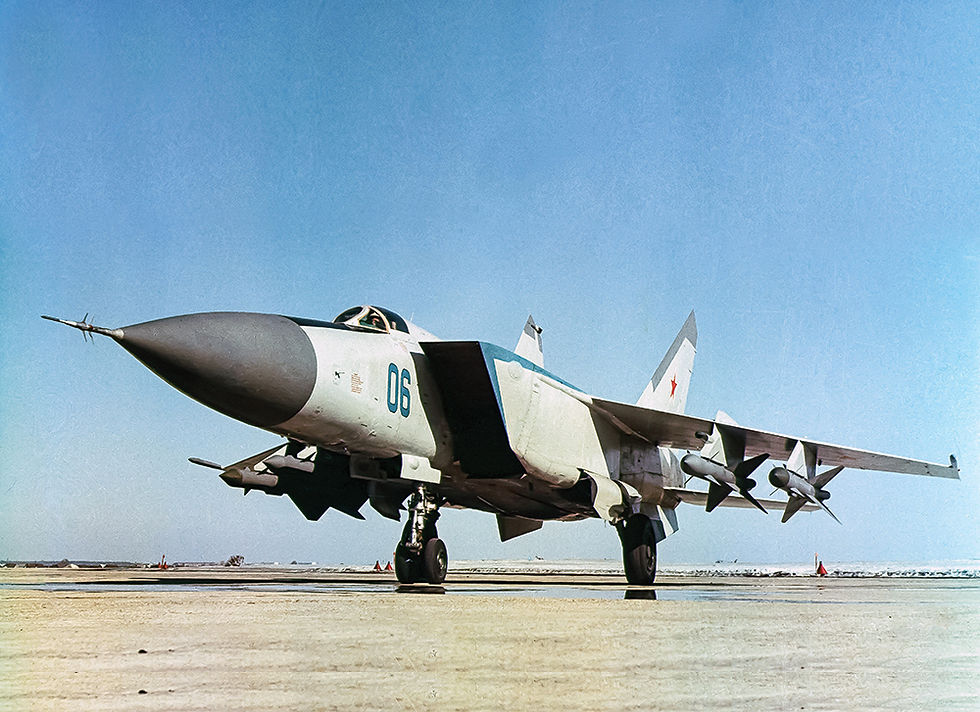The Uberlingen Disaster: Why TCAS Failed to Prevent the Tragedy
- thiliwriting
- Mar 12, 2024
- 4 min read
The Überlingen mid-air collision in 2002, involving a DHL cargo aircraft and a Bashkirian Airlines passenger plane, remains a stark reminder of the complexities woven into aviation safety. While the Traffic Collision Avoidance System (TCAS) played a crucial role in identifying the impending disaster, it ultimately failed to avert the catastrophic event. This article delves into the reasons behind this failure, exploring a confluence of factors that unraveled that fateful night.
1. Conflicting Instructions: At the heart of the issue lies the contradictory instructions received by the pilots. The TCAS on both aircrafts accurately detected the impending collision. As designed, it issued a "climb" instruction to the DHL flight and a "descend" instruction to the Bashkirian plane. However, the overworked air traffic controller (ATC), unaware of the TCAS alerts, issued the opposite instruction to the Bashkirian aircraft – a "descend" command – further escalating the danger.
2. Crew Reliance on ATC: Training and ingrained hierarchy within Russian aviation heavily emphasized following ATC instructions as the primary course of action. The Bashkirian crew, lacking extensive exposure to TCAS and possibly under pressure due to language barriers, prioritized the ATC directive over the automated warning. This decision, though understandable in the context of their training and experience, proved fatal.
3. Limited TCAS Awareness in Russia: Unlike Europe and the US, where TCAS was mandatory by 2002, Russia had not yet implemented this requirement. The Bashkirian airline, while equipped with TCAS for European flights, likely had limited crew training on its functionalities and emergency procedures. This lack of comprehensive understanding hampered the crew's ability to effectively respond to the TCAS alert.
4. Single-Handed ATC Operation: The accident occurred during a period with reduced staffing. The sole air traffic controller managing the airspace was overburdened, struggling to handle multiple tasks. This workload overload likely contributed to the controller's failure to recognize the conflicting instructions and the imminent danger.
5. Delayed Corrective Action: Even upon realizing the critical situation, the controller's corrective instruction to the Bashkirian aircraft to climb came too late in the sequence of events. The time it took for the crew to react and initiate the climb maneuver was insufficient to avert the collision.
Aftermath and Improvements: The Überlingen disaster exposed significant loopholes in aviation safety protocols. Following the accident, several crucial changes were implemented:
Global Mandating of TCAS: TCAS became mandatory for all passenger-carrying aircraft globally.
Enhanced Crew Training: Airlines incorporated comprehensive TCAS training into pilot curriculum, emphasizing prioritizing its instructions in conflict situations.
Standardization of Procedures: International efforts focused on establishing standardized protocols for resolving TCAS alerts and ensuring clear communication between pilots and ATC.
Improved ATC Workload Management: Measures were adopted to optimize air traffic controller workload, including increased staffing and improved automation systems.
The Überlingen tragedy serves as a poignant reminder that aviation safety necessitates a multi-layered approach. While TCAS is a powerful tool, it cannot function in isolation. Effective crew training, standardized procedures, robust ATC infrastructure, and a culture of prioritizing automated warnings in conflict situations are all essential elements in preventing similar catastrophes.
While the Uberlingen accident highlighted the shortcomings in crew training and ATC procedures, it's crucial to acknowledge inherent limitations within the TCAS system itself.
· Limited Scope: TCAS primarily focuses on horizontal (course) deviations, not taking vertical separation into account unless an immediate threat exists. This means it might not issue warnings in situations where aircraft are on converging courses but at different altitudes.
Communication Reliance: TCAS relies on communication between the involved aircraft to resolve conflicts. In situations where one aircraft is not TCAS-equipped or has a malfunctioning system, the effectiveness of the system diminishes.
· False Alarms: While uncommon, TCAS can generate false alarms due to technical glitches or external factors. Over-reliance on these alerts without proper pilot judgment can lead to unnecessary maneuvers and disrupt air traffic flow.
Addressing these limitations:
· Advanced TCAS Systems: Newer versions of TCAS incorporate ACAS (Automatic Conflict Alerting System) functionality. ACAS uses both horizontal and vertical data to provide more comprehensive guidance, including issuing climb or descent instructions to resolve potential conflicts.
· Multilateral Communication: Efforts are underway to develop standardized data exchange protocols allowing aircraft to communicate directly, facilitating conflict resolution even in situations where one aircraft lacks a functional TCAS.
· Pilot Training Enhancements: Continuous training programs emphasizing proper interpretation of TCAS alerts, prioritization in case of conflicting instructions, and procedures for handling false alarms are crucial.
The Road Ahead:The Uberlingen disaster serves as a catalyst for continuous improvement in aviation safety. Technological advancements like ACAS, improved communication protocols, and robust crew training programs are paving the way for a future with fewer air traffic mishaps.
Looking towards the future, several promising areas hold immense potential:
· Advanced Surveillance Systems: Air Traffic Management (ATM) systems with real-time monitoring capabilities can provide controllers with a clearer picture of potential conflicts, allowing for proactive intervention.
· Autonomous Collision Avoidance: Research and development in autonomous collision avoidance systems, where onboard computers directly take corrective actions to prevent mid-air collisions, are underway.
The Uberlingen tragedy serves as a stark reminder of the complexities involved in ensuring aviation safety. While TCAS has played a vital role in preventing numerous mid-air collisions, continuous development and implementation of advanced technologies, coupled with effective crew training and improved communication protocols, are paramount in creating a safer airspace for everyone.



Commentaires